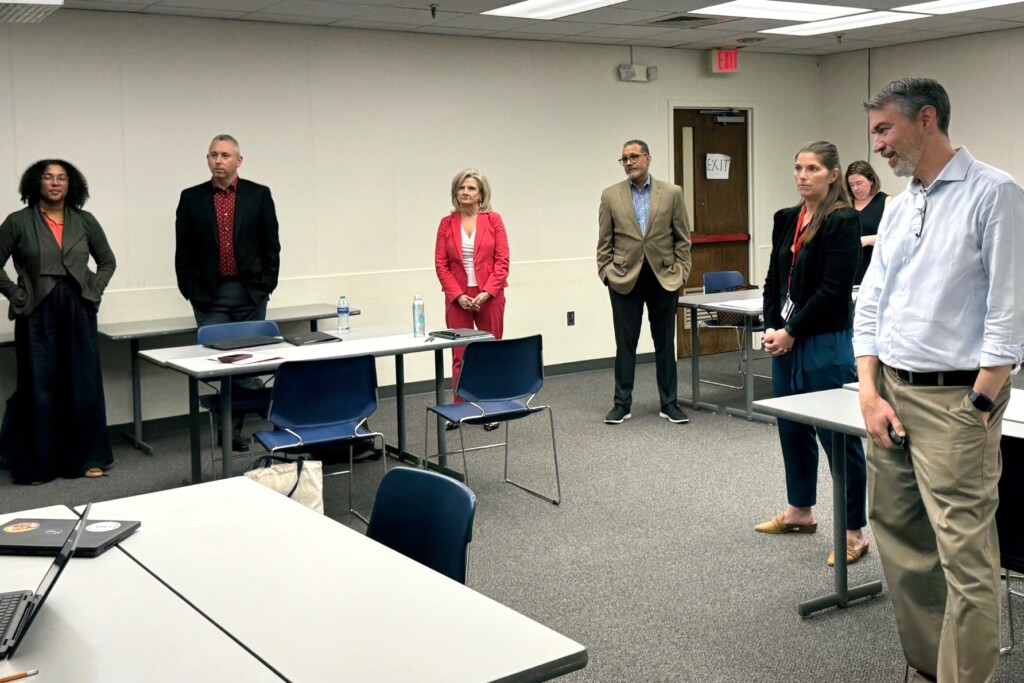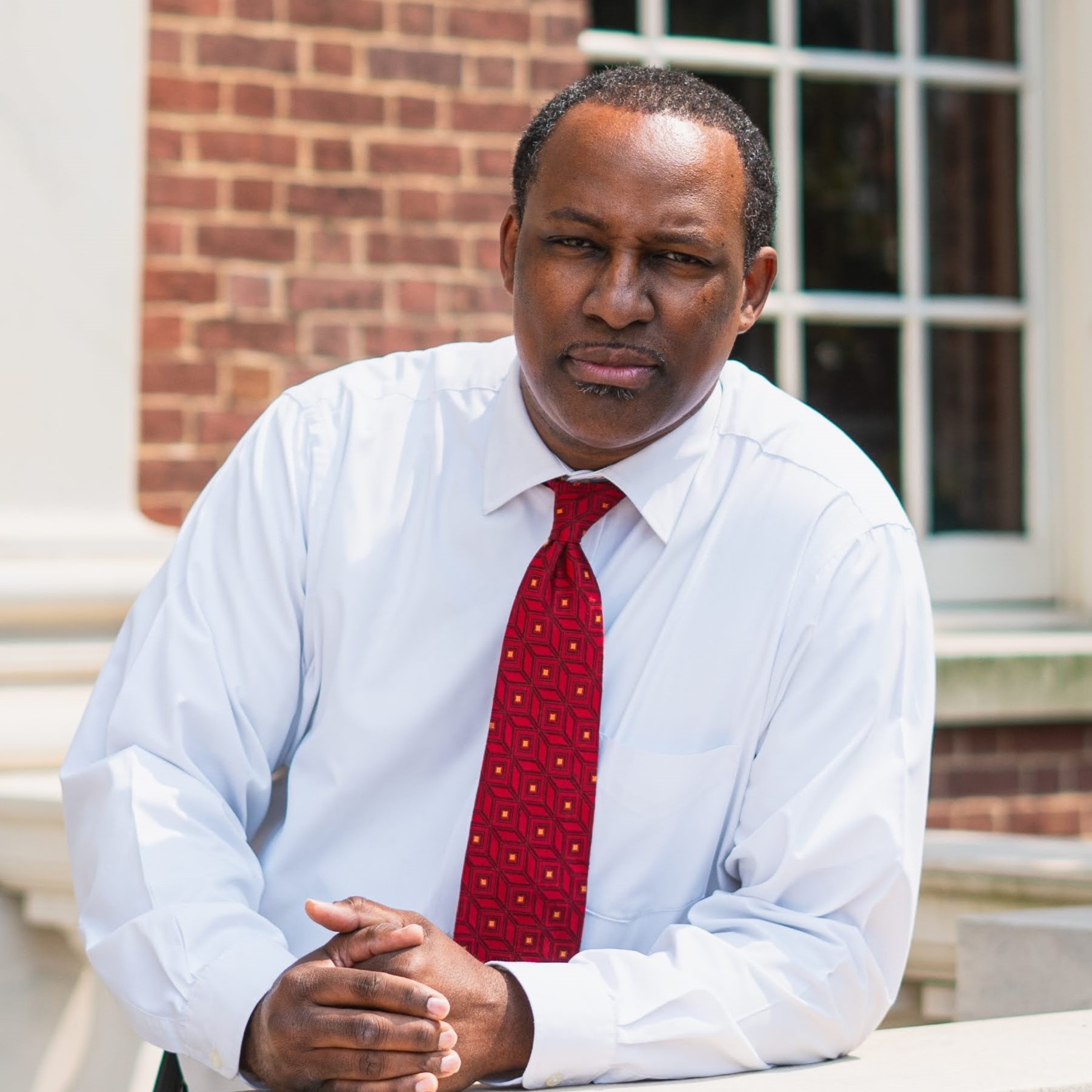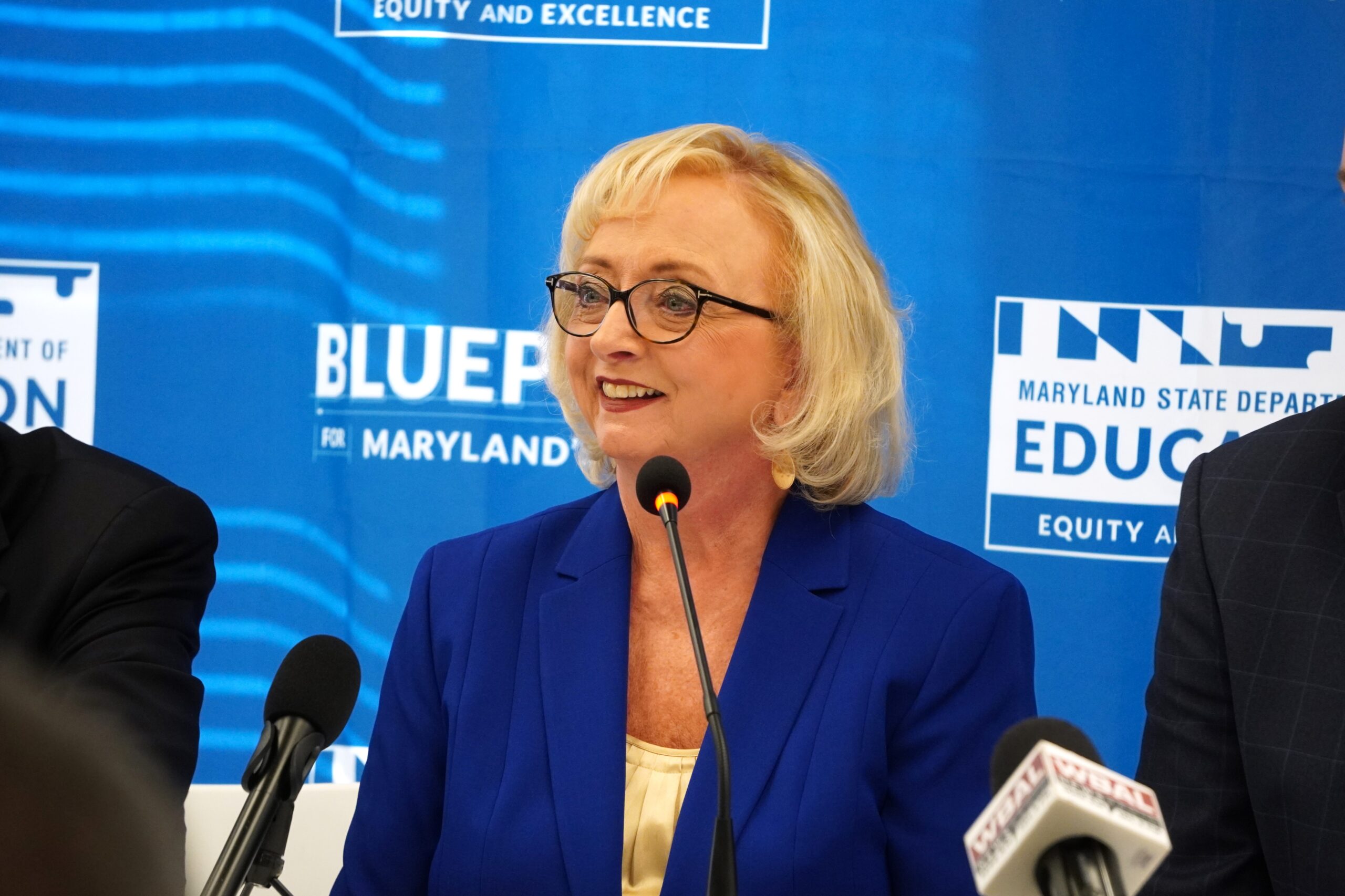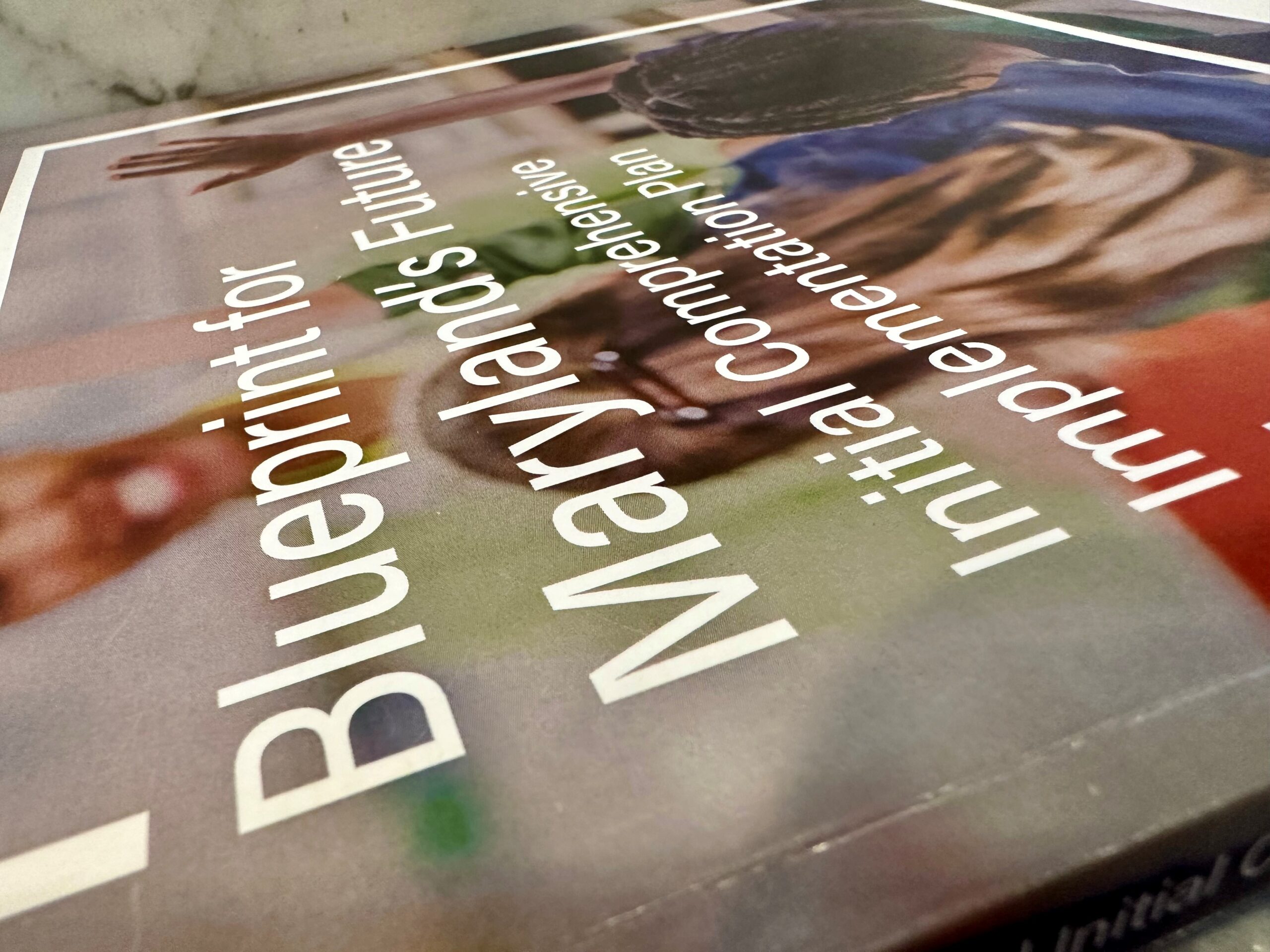Academia willing to help with Blueprint education reform plan

Before leaders of Maryland’s 24 school systems meet deadlines this year to show how they will continue implementation of the Blueprint for Maryland’s Future education reform plans, they can seek assistance from certain scholars at the University of Maryland, College Park.
The school’s College of Education released a teacher career ladder framework last month with recommendations on professional development, peer evaluations and job descriptions. The document also includes policy briefs from parts of the Blueprint legislation approved in 2021.
The framework was designed after the university received a state grant to develop a career ladder framework with public school systems and teachers’ unions in Prince George’s and Montgomery counties.
The career ladder is part of the five Blueprint priorities that deal with hiring and retaining high-quality and diverse teachers.
“The teacher career ladder is one of the scariest components of the Blueprint because it has the possibility to transform teaching,” Pamela Callahan, a co-author of the document who received her doctorate in January on education policy, said in an interview Wednesday at the University of Maryland. “It also has the possibility to transform the profession into something where teachers are growing both in their responsibility and their autonomy.”
Callahan was one of seven professors, researchers and education leaders who gathered Wednesday to talk about the help they can offer local school leaders and their support for the Blueprint plan’s top priorities — early childhood education, hiring and retaining high-quality and diverse teachers, preparing students for college and technical careers, and providing additional resources for students in need.
One of those scholars, Simone Gibson, is an associate professor of education and urban studies at Morgan State University in Baltimore. Gibson helps lead the Maryland Initiative for Literacy and Equity, also called MILE, that’s working with the state to provide recommendations on literacy programs.
School officials outlined various challengess they are encountering with the Blueprint in documents submitted last month to the Accountability and Implementation Board (AIB), which oversees the 10-year education reform plan.
For example, several school districts such as Allegany, Calver and Garrett counties noted the career ladder requirements as one of their top three challenges.
According to the University of Maryland career ladder document, which serves as a “starting point” to design a career ladder program, school districts should allow for teacher growth.
“Districts can and should determine if there are additional criteria for movements across levels,” according to the document. “For example, the Blueprint requires that a level 1 teacher begin [National Board Certification] or a master’s degree before advancing to level 2. A district might add requirements related to completion (or scores) on evaluations, achieving tenure, or other requirements.”
Another recommendation for school districts is to ensure school leaders such as principals and other administrators receive multi-lingual learner certification.
“If you don’t have administrators who know what they’re doing and understand this, nothing’s going to get done. Nothing,” said Drew Fagan, an association clinical professor at the University of Maryland.
He said the state has nearly 110,000 multi-lingual students, more than double from the 53,000 students in 2014. Besides Spanish, other primary languages spoken in some homes include Creole and Dari and Pashto.
Some school districts are seeing an increase in ESOL (English for Speakers of Other Languages) students.
One way to help those students is to increasing dual immersion programs, which are for students fluent in both English and another language.
The Maryland Initiative for Literacy and Equity will host a dual immersion conference June 1 on the College Park campus.
Amanda Cataneo, a program manager for professional development at MILE, said Anne Arundel, Frederick, Montgomery and Prince George’s counties and Baltimore City have dual immersion programs. Two more will start in the fall in Charles and Harford counties.
“We need to be equitable,” she said. “The purpose of the program is to be culturally and linguistically sustaining for the students who are also learning English.”




 Creative Commons Attribution
Creative Commons Attribution